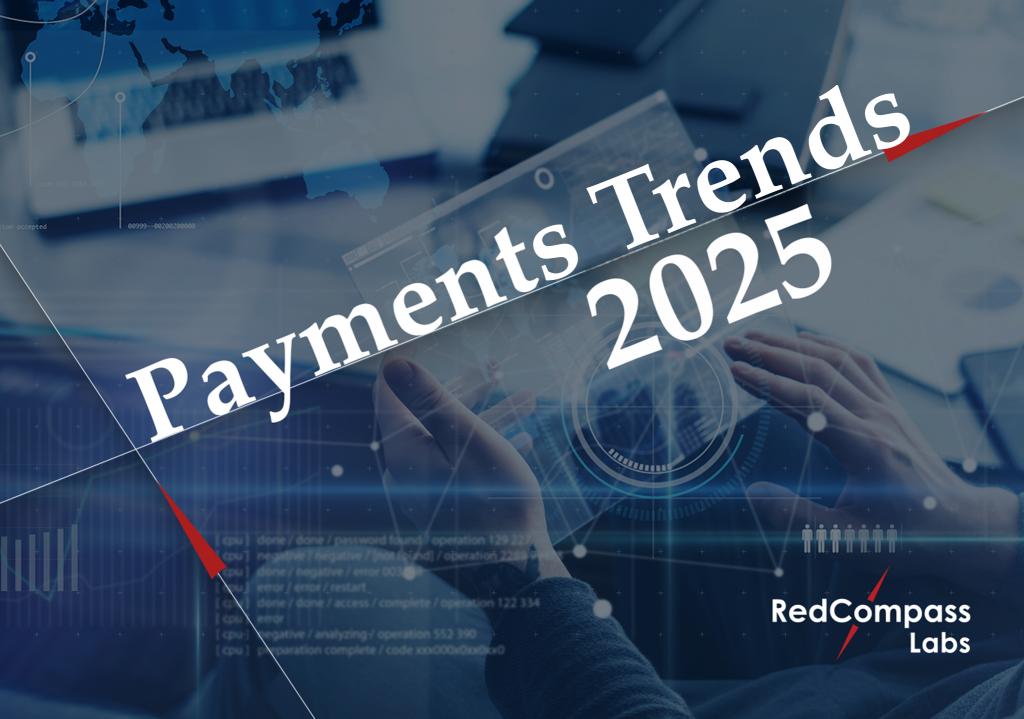This year has been pivotal for the industry, with notable strides in instant payments, regulations, and cross-border innovations capturing the spotlight.
Our most-read articles of 2024 provide insights into how European banks are navigating SEPA Instant, the challenges and opportunities posed by emerging technologies, and lessons learned from global markets like the US and Canada.
So, what’s been big in payments modernization this year?
1. Banks say they aren’t ready for SEPA Instant
Europe is gearing up for instant payments. But are banks ready? We asked 200 senior payment professionals earlier in the year to find out.
In our most-read report of 2024, we revealed how European banks feel about meeting the SEPA Instant Payment Regulations deadlines. We found that nearly six in ten (58%) think the deadlines are unrealistic, while just over a third who had not yet started said they were not confident they would be ready in time. Others underestimated the processing power needed to deliver instant payments altogether.
The results were somewhat unsurprising given the size and scope of the project. SEPA Instant mandates that all EU banks must be able to receive and send instant payments by January 2025 and October 2025, respectively. The regulation entered into force in April 2024, giving banks just 9 months until the first major deadline and 18 months until the second.
It’s a massive ask. Banks still have a lot to figure out. But they’re optimistic. To find out how Europe’s banks are preparing for the arrival of instant payments, you can access the full report here: So, you think you’re ready for SEPA Instant?
2. European Payments Council clarifies Instant Payments Regulation
On the 23rd of July 2024, the European Commission published “Clarifications of requirements of the Instant Payments Regulation“. The document provided much-needed insight into several pressing issues for the industry. It also addressed major changes and challenges payment service providers (PSPs) face.
To save you from reading 203 questions across 82 pages, we pulled the most impactful updates and created a handy article to guide you through them. Most notable among the changes were that end-to-end payment processing will now take 10 seconds instead of 25. And the €100,000 transaction cap had been removed. This was big news. With ten-second payments, banks may need to change the logistics of their product offering. And with the €100,000 cap removed, banks need to rethink how much cash they have on hand to make sure they can fund larger payments. What else do they need to figure out?
To uncover the rest of the major updates and to find out how to navigate them, you can access the full article here: Instant Payments Regulation Q&A: 5 things to know.
3. Instant payments gain traction in the US
Coming in at number three is our research into the US instant payments market, “Time to leave legacy behind? Instant Payments in the US.”
Our report explores the readiness of 300 US bankers for instant payments. We found that most (67%) were experiencing a high level of demand from their corporate clients. That’s despite only a handful of banks having signed up for either one of the US instant payment schemes, FedNow or the Real-time Payments (RTP) network. We also found that nearly every bank (98%) had been impacted in some way by third-party fintechs offering pseudo-instant payment schemes, including Zelle, Venmo and CashApp.
Why was this worth reading? After a slow but relatively steady start, instant payments began to gain traction for US banks in 2024. Even since the report was published, FedNow has added around 200 more banks to their roster, zooming past RTP. Both schemes posted record transaction volumes throughout the year. In other words, the narrative is shifting.
To discover why that is, you can download the full research here: Time US Banks left legacy behind?
4. Verification of Payee Rulebook goes live
We’re back to Europe for number four, but with a topic that is on every payment professional’s radar globally: fraud prevention.
On 10th October 2024, the European Payments Council (EPC) published the long-awaited Verification of Payee (VoP) rulebook as part of the SEPA Instant Payment Regulations (IPR). The rulebook aims to standardize how European banks implement VoP – a tool that confirms payee account information to help protect consumers against fraudulent transactions. But, however helpful this update may be, there are a number of challenges that banks will need to navigate. The deadlines are extremely aggressive for a start, and banks have just five seconds to verify account details across all payment channels.
We read the rulebook, analyzed its impact, and created another handy guide for payment service providers (PSPs). You can read it in full here: Verification of Payee Rulebook: 5 things to know.
5. Everything you need to know about OCT Inst
Another top article of 2024 broke down One-Leg Out Instant Credit Transfers (OCT Inst)— Europe’s instant cross-border payment scheme. By seamlessly connecting Europe’s instant payment rails with systems beyond the Eurozone, OCT Inst allows funds to move globally in seconds. The system boosts cash flow, reduces costs, and supports businesses and individuals. Yet challenges remain: regulatory hurdles, technical barriers, and potential pushback from major banks all pose questions about its adoption.
What’s more, banks will need to figure out how to maintain their customer experience for cross-border transactions. What happens if a payment is sent from a bank outside of Europe that is not capable of processing instant payments? How can European banks ensure their customer still gets their money instantly?
EBA Clearing has just announced that OCT Inst has been launched for RT1, its instant payments infrastructure. To understand what this means for the industry, you can learn about the OCT Inst scheme here: Everything you need to know about One-leg Out Instant Credit Transfers.
6. Payments Canada announces Real-time Rail launch
In sixth place is our article on how Canadian banks can prepare for the Real-time Rail, Canada’s upcoming instant payment scheme. The piece followed an announcement by Payments Canada, the organization building the RTR, that the scheme will launch in the next few years.
The RTR promises to bring 24/7, real-time payments with ubiquity from day one. It will be a big leap for Canada’s payments industry. IBM has been tapped to replace Veralink in building the infrastructure, a key step toward delivering faster, seamless transactions for Canadians.
What does this mean for Canadian banks? As demand for instant payments surges globally, financial institutions in Canada are in a good position to learn from other markets. That means addressing challenges like modernizing systems, scaling for peak volumes, and combating fraud to ensure RTR’s success.
Our SVP for Payments in the Americas, Kellie Johnson, explored our research into the EU and US markets to pull lessons learned for Canadian banks. You can read it in full here: How can Canadian banks prepare for the Real-time Rail?
7. UK unveils National Payments Vision
And finally, in November of this year we covered HM Treasury’s launch of the National Payments Vision (NPV). The NPV aims to modernize the UK’s payments ecosystem by driving innovation, aligning with government goals, and bringing the industry together. Open Banking is at the forefront of this transformation.
Key priorities include boosting account-to-account (A2A) payments, starting with e-commerce, and addressing consumer protections to rival credit card security. With the Financial Conduct Authority (FCA) now overseeing Open Banking, clearer regulation and stronger fraud prevention are on the horizon. If successful, the NPV could reshape payments in the UK, offering consumers greater choice and driving the adoption of faster, frictionless transactions.
Find out what this means for Open Banking and the organizations that will be impacted here: UK National Payments Vision: How does it impact Open Banking?
What does this all mean?
2024 has undeniably been a transformative year for the payments industry. From Europe’s push to meet SEPA Instant deadlines to the US embracing real-time payments and Canada gearing up for its own instant payment scheme, the momentum is clear. These advancements signal a broader shift towards faster, safer, and more inclusive payment ecosystems. As we head into 2025, the focus will be on overcoming remaining challenges, leveraging lessons from global markets, and ensuring seamless adoption of these groundbreaking innovations.
If you’re looking for support on any of the topics covered, speak to RedCompass Labs. We are the global experts in payments modernization. We combine world-class knowlege with cutting edge technology and AI, and can help you to embrace the future of payments. With over 20 years experience delivering over 300 projects at many of the world’s biggest banks, we’ll get you up to speed on instant payments, ISO 20022, cross-border, open banking and everything in between. Reach out to the team today.
Share this post
Written by
RedCompass Labs
Resources






